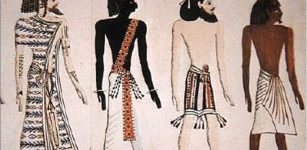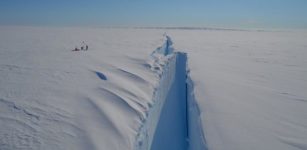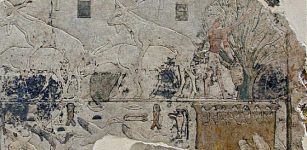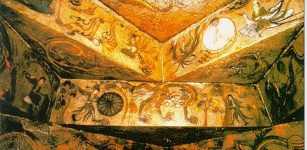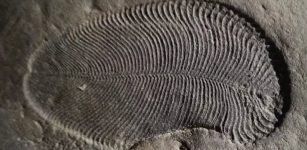3.5 Billion-Year-Old Bacterial Ecosystems Discovered in Australia’s Pilbara Region
MessageToEagle.com – Evidence of complex microbial ecosystems dating back almost 3.5 billion years has been found in Western Australia’sPilbara region by an international team including UWA Research Assistant Professor David Wacey.
The research, published this week in the journal Astrobiology has revealed the well-preserved remnants of a complex ecosystem in a 3.5 billion-year-old sedimentary rock sequence.
Professor Wacey said identifying and reconstructing Earth’s earliest biosphere was challenging because the oldest sedimentary rocks were not only rare, but also almost always changed by hydrothermal and tectonic activity.

“The Pilbara region of Western Australia is one of the rare geological regions that provides insight into the early evolution of life on Earth,” he said.
“Mound-like deposits created by ancient bacteria, called stromatolites, and microfossils of bacteria have previously been discovered in this region. However, a phenomenon called microbially induced sedimentary structures, or MISS, had not previously been seen in rocks of this great age.”
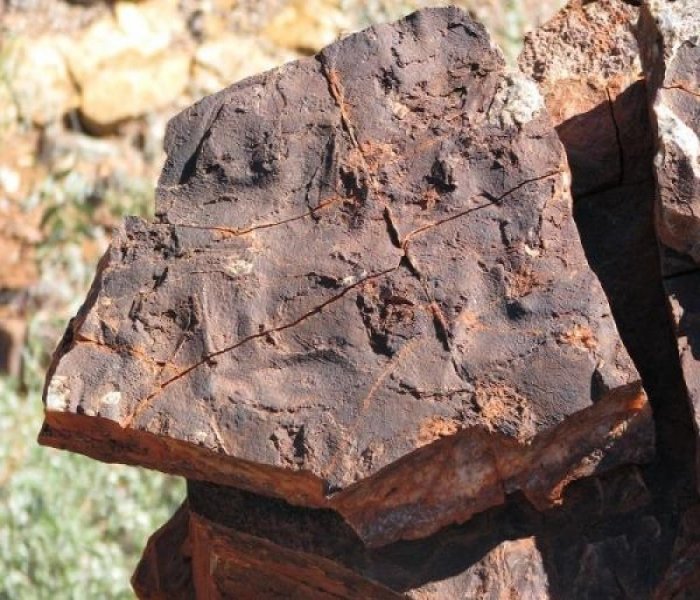
“The Pilbara region of Western Australia is one of the rare geological regions that provides insight into the early evolution of life on Earth,” he said.
“Mound-like deposits created by ancient bacteria, called stromatolites, and microfossils of bacteria have previously been discovered in this region. However, a phenomenon called microbially induced sedimentary structures, or MISS, had not previously been seen in rocks of this great age.” Credit: Nora Noffke
MISS were created by microbial mats as the microbial communities responded to changes in physical sediment dynamics, Professor Wacey said.
“A common example would be the binding together of sediment grains by microbes to prevent their erosion by water currents,” he said.
“The significance of MISS is that they not only demonstrate the presence of life, but also the presence of whole microbial ecosystems that could co-ordinate with one another to respond to changes in their environment.”
The research is published in the journal Astrobiology.
MessageToEagle.com

